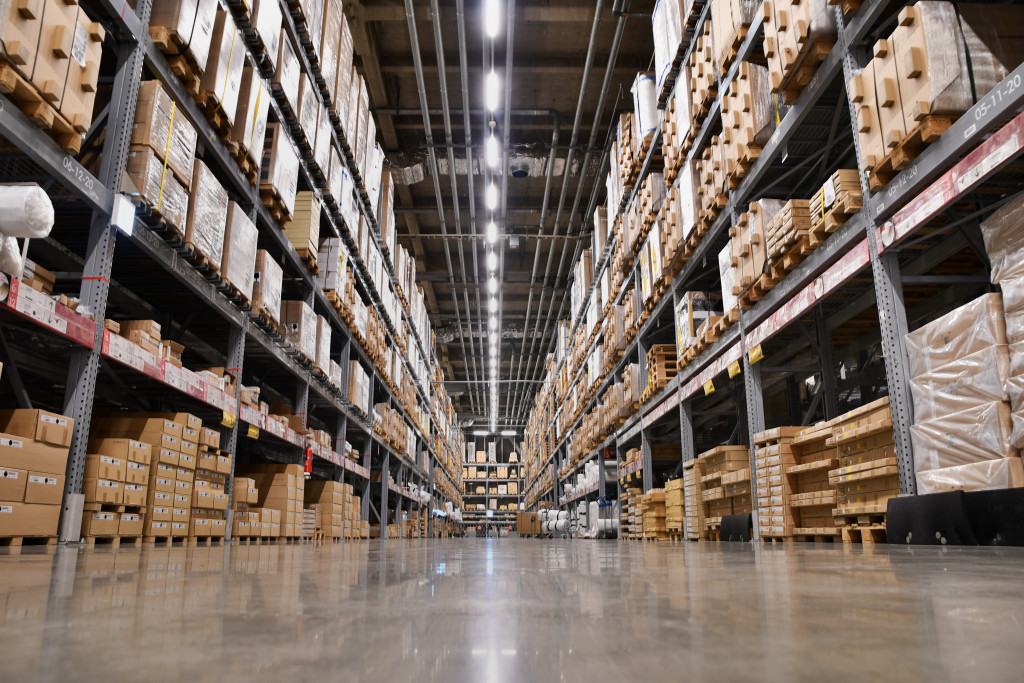- Contingency planning in logistics involves identifying potential risks, staying updated with industry news, and conducting thorough risk assessments.
- Regular testing of contingency plans, including realistic simulations, helps identify gaps and prepare teams for crisis situations.
- Specialized planning is necessary for transporting hazardous substances, including batteries, oxygen cylinders, and electronics.
- Proactive planning and preparedness are key to mitigating potential disruptions and ensuring smooth operations in the logistics sector.
In the world of logistics, there’s no such thing as a sure thing. Every shipment, every truck, every plane ride carries potential risks that could set your business back. But with the right forecasting and contingency planning, you can prepare for anything that may come your way. This article will show you how to plan for contingencies in the logistics sector so that you can stay ahead of the curve, minimize risk, and maximize success.
Know What Risks You Face
The first step to planning for contingencies is to identify what you’re up against. The logistics sector is full of potential risks, from severe weather and natural disasters to transportation worker strikes and acts of terrorism. Take inventory of all areas of your supply chain, from trucking to air cargo to ocean freight, and pinpoint potential disruptions that could arise. Here are other things that you can do:
Stay On Top of Current Events and Industry News
In a dynamically evolving field like logistics, staying abreast of current events and industry news is vital. The landscape is influenced by political decisions, trade agreements, and even environmental changes. By keeping your finger on the pulse of global happenings, you can anticipate potential disruptions and plan accordingly. Subscribing to industry publications, attending webinars and conferences, and participating in trade group discussions can all help you stay informed, foresee the unforeseeable, and act proactively.
Conduct a Thorough Risk Assessment of Your Supply Chain
A thorough risk assessment of your supply chain is a necessity, not an option. This means going beyond a simple overview and diving deep into every aspect of your supply chain. Examine each supplier, each mode of transportation, and each product destination. Evaluate the likelihood of risks such as supplier failures, transport delays, or customs hold-ups. If possible, run simulations to see how your supply chain would fare under various scenarios.
Leverage Lessons From Past Experiences
Past disruptions to your supply chain can prove invaluable for future contingency planning. Analyzing how your operations were affected, the measures taken to cope, and their effectiveness can provide key insights. Look at these instances not as failures but as opportunities to learn and strengthen your risk management strategy. By identifying weaknesses exposed during these disruptions, you can take corrective measures to fortify those areas and improve your resilience for future unexpected events.

Test Your Plans Regularly
Once your contingency plans are in place, it’s critical to test them regularly to ensure they work. Create realistic simulation scenarios to test your team’s responses to various potential disruptions.
This will help you identify any gaps in your plans where changes or improvements need to be made. Regular assessments also ensure that your teams stay informed and prepared, reducing the risk of mistakes when a crisis hits.
If possible, involve your suppliers and other partners in these tests to ensure that everyone is on the same page. After all, a strong contingency plan is only as effective as its weakest link.

Make Specialized Plans for Hazardous Substances
Handling hazardous substances requires specialized planning due to the risks associated with their transportation. From potential spills to regulatory compliance, there are a variety of factors that need to be addressed when transporting hazardous materials. Here are some examples of hazardous substances:
Batteries
When dealing with batteries, particularly lithium-ion batteries, special care is required due to their potential to cause fires or explosions if improperly handled or stored. The transportation of these power cells, whether by land, air, or sea, necessitates stringent safety protocols. This includes the use of durable fireproof battery storage, which can significantly mitigate risks by containing any accidental fires and preventing them from spreading.
Oxygen Cylinders
Transporting oxygen cylinders is another high-risk operation in the logistics sector. These devices are under high pressure and can become potential projectiles or cause a fire if mishandled. Therefore, the right safety precautions are essential. These include well-ventilated transportation environments, safe storage away from combustible materials, and adherence to all local, state, and federal regulations.
Electronics
Transporting electronics carries its own set of risks, especially considering their value and susceptibility to damage. From laptops to smartphones, these devices require special packaging to protect them from shocks, drops, or adverse weather conditions. Also, given their high worth, they can be a prime target for theft during transit. Thorough planning should include secure packaging, tracking systems, and possibly additional security to ensure the safe delivery of these items.
The logistics sector is complex, and there are many potential risks that can impact your business. But with good planning and contingency management, you can proactively prepare and minimize the impact of these risks. By identifying risks, staying informed, conducting thorough assessments, and regularly testing your plans, you’ll be well on your way to mitigating potential disruptions and keeping your operations running smoothly. And with specialized planning for hazardous substances, you can ensure the safe transportation of even the most high-risk materials. Remember, in logistics, it’s not about if something will go wrong but when. So be prepared, and you’ll be able to weather any storm that comes your way.





